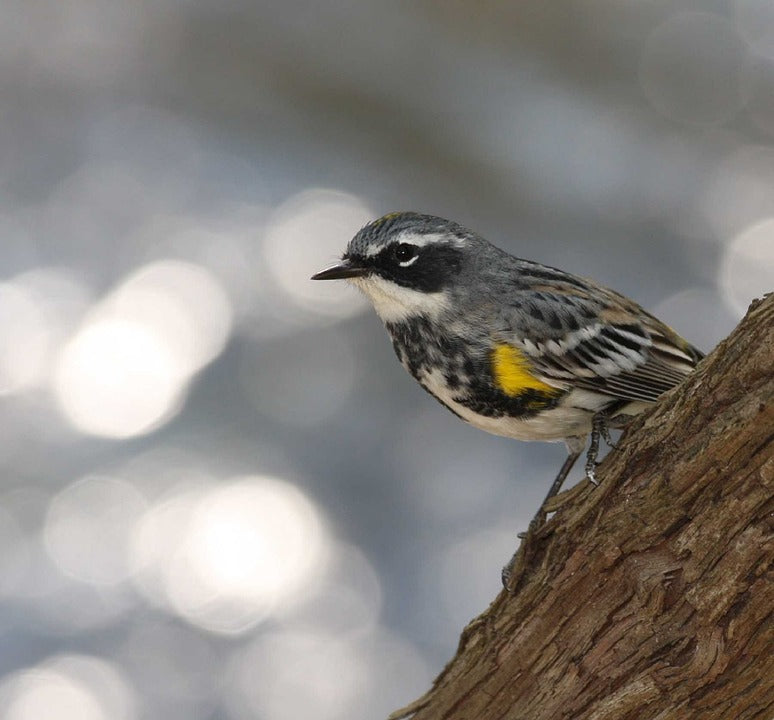Offer
Provide additional details about the offer you're running.
Provide additional details about the offer you're running.
Provide additional details about the offer you're running.

As we wind out the summer, chances of spotting many warblers are growing smaller by the day as many of these small, energetic songbirds are already making their way south for the winter months. That being said, according to eBird reports, there are still some yellow-rumped warblers in the area.
One of the more recent sightings was close by over the past weekend at the Macnamara Trail in Arnprior, so act swiftly if you are still looking to get a glimpse of one before they’re all gone. This being said, perhaps the best time to spot one has since past, as these birds sport an entrancing mixture of bright yellow, black, white and charcoal following the spring molt.
Identification
As far as warblers go, these are some of the larger species complete with a larger head and bill. As far as colouring goes, they are spectacular, especially up close or by viewing using optics such as a spotting scope or binoculars. Both sexes sport a gray plumage with a mixture of white in the wings and a yellow face. That being said, as with many other birds, the male’s colouring is a tad bit flamboyant than their female counterparts.

Where to Find the Yellow-Rumped Warbler
Geographically, they spend their summers scattered across much of Canada and the western United States and Alaska, although those situated in central regions of the southern Canadian prairies and the Midwestern United States are able to catch a glimpse of them on their migration route south. Wintering habitat includes a large portion of the southern United States, Mexico, Central America and the Caribbean.
While they are localized, your best bet at spotting one is among the open coniferous forest edges and shrubby areas during the fall and winter months.
Vocals
Showing some similarity to the familiar song of the chickadee, the yellow-rumped warbler’s song is a soft whistled warble that speeds up as the song progresses. Each song’s duration lasts only for a few seconds but can be made up of nearly 21 individual notes.
For birders, recognizing the birds call is one sure-fire way to locate these birds by ear, particularly this time of year as both sexes will make the sharp “check” call either in flight or while foraging for food.
High Quality Blend